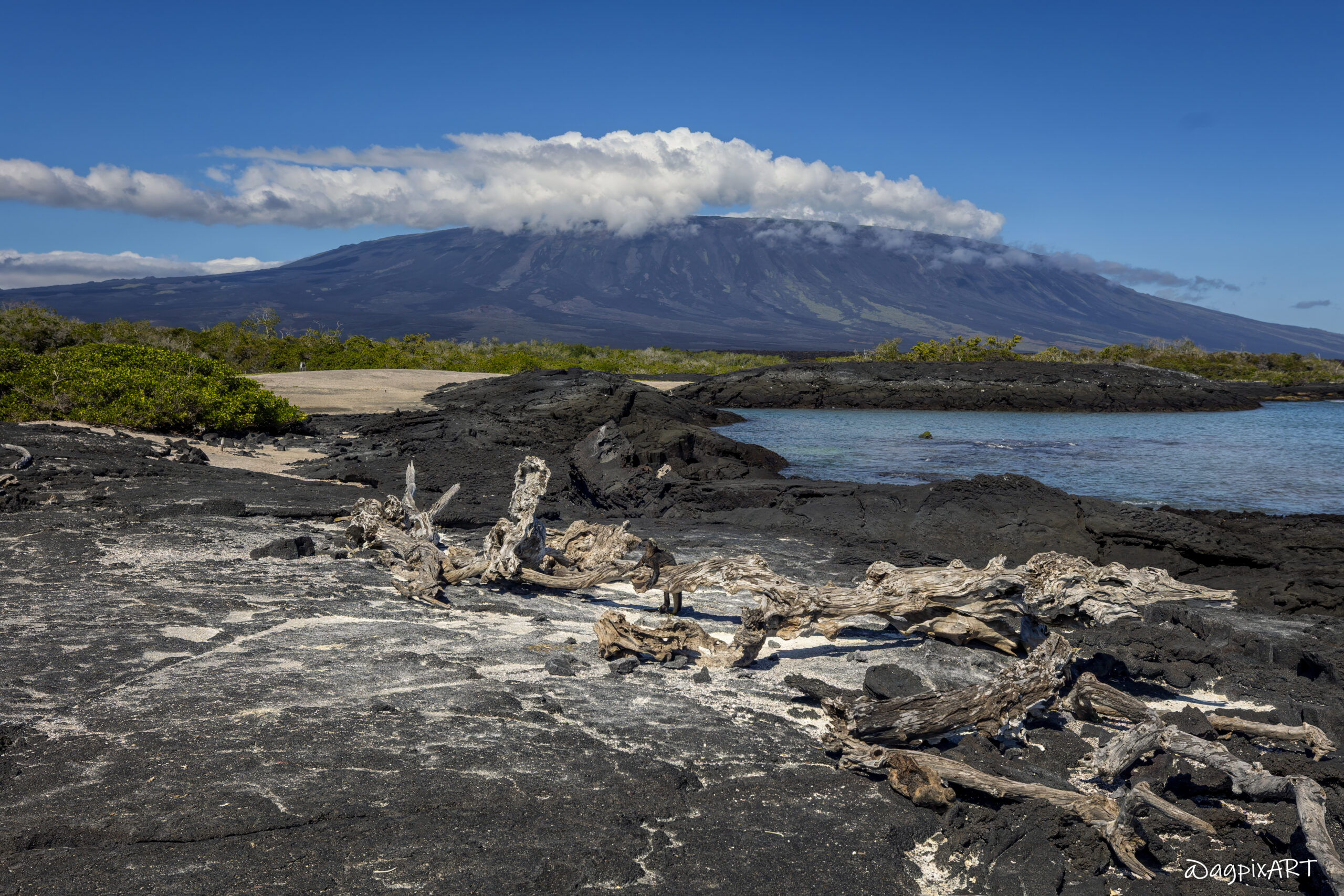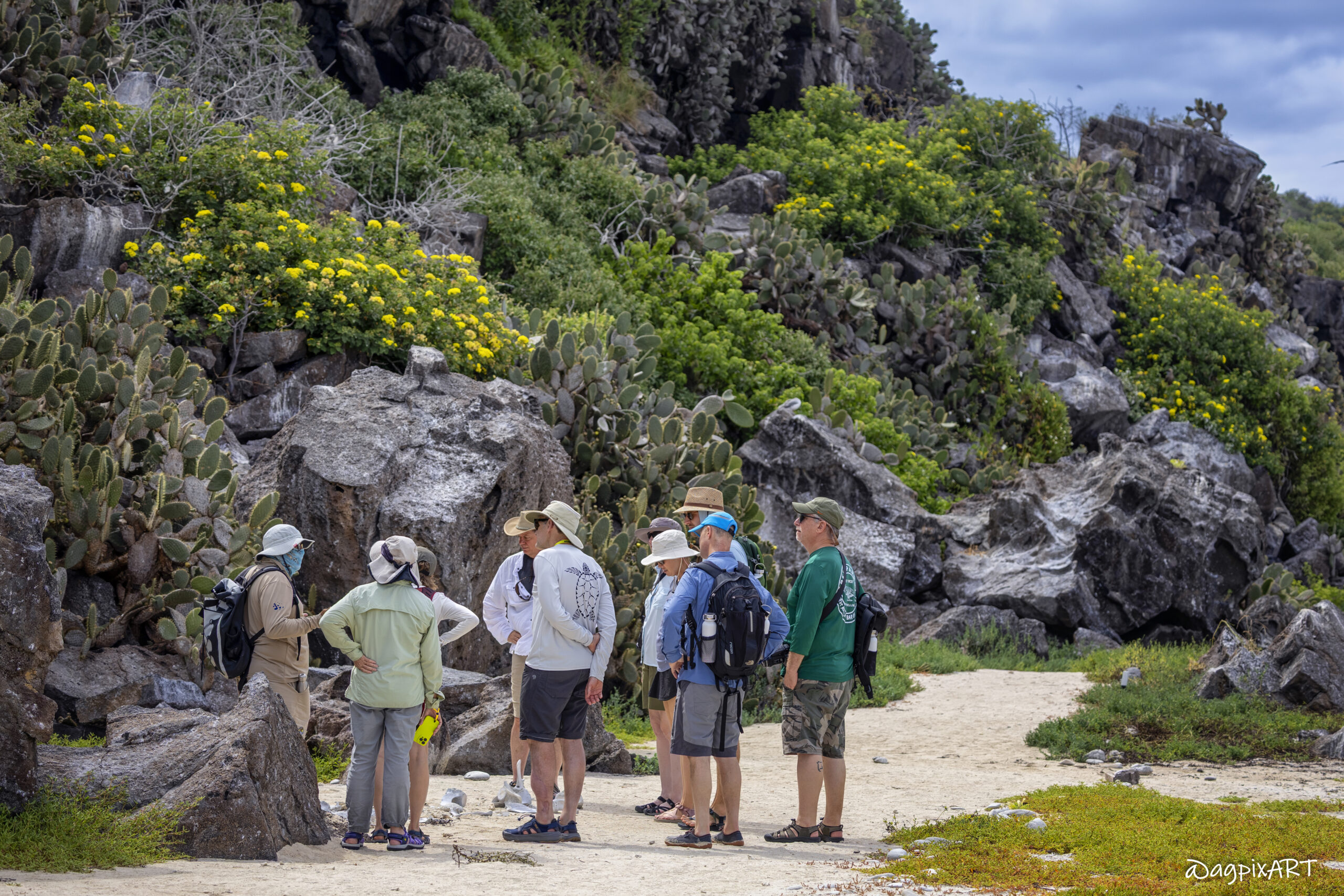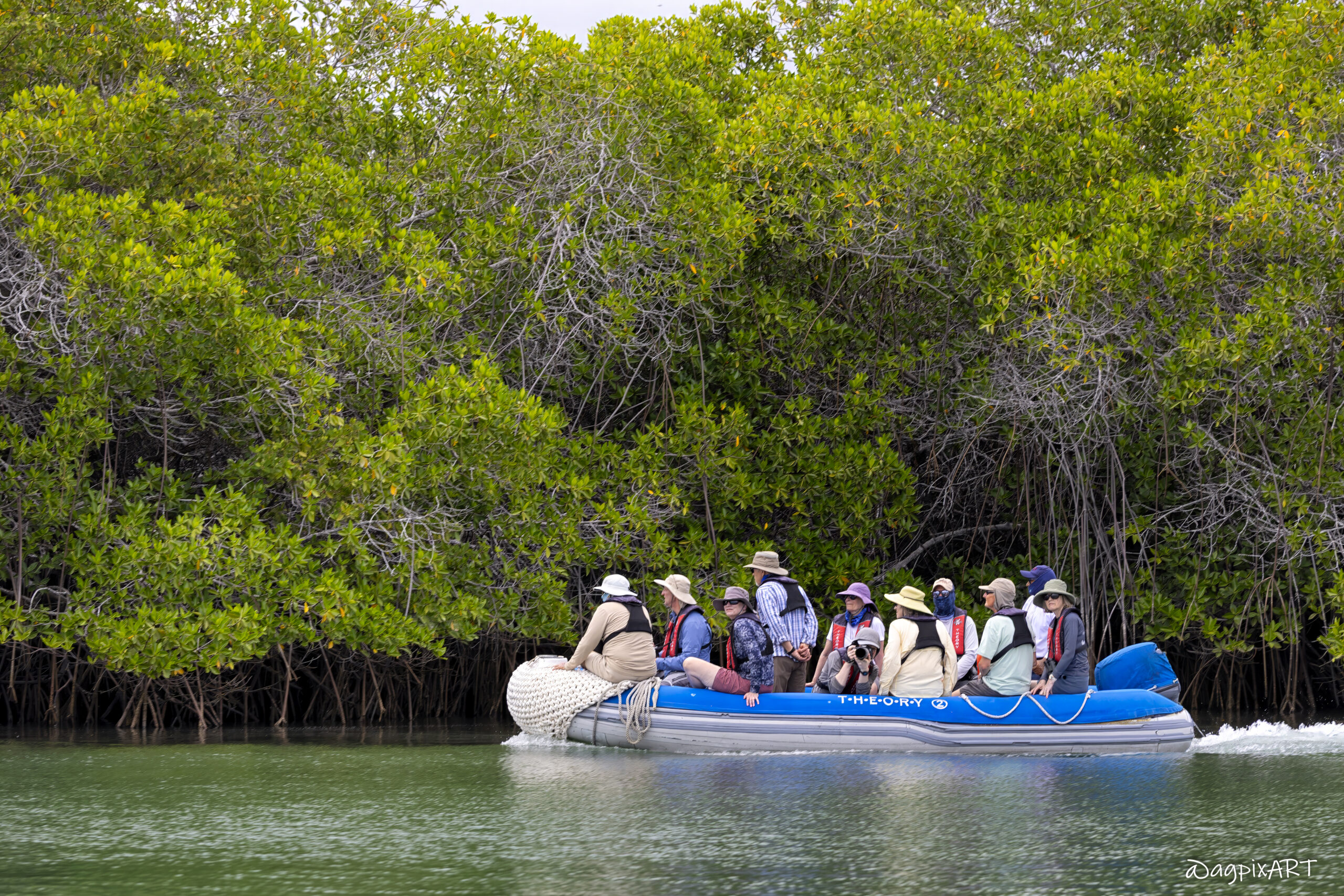What to Pack for Galápagos
Packing for the Galápagos Islands requires balancing the tropical climate, diverse activities (hiking, snorkeling, wildlife viewing), and strict environmental regulations to protect the delicate ecosystem.
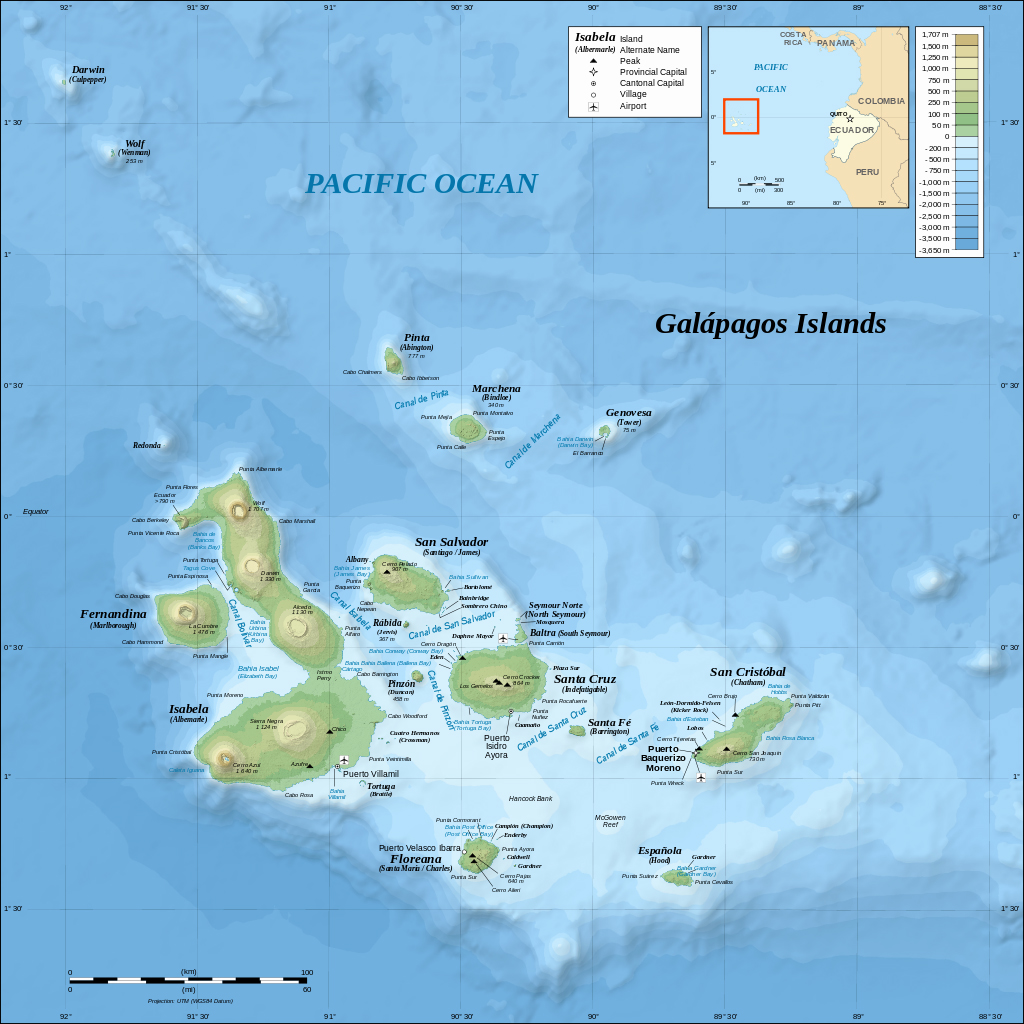
What To Pack
Packing for the Galápagos Islands requires balancing lightweight travel with preparation for diverse activities like hiking, snorkeling, and wildlife viewing, and variable weather (warm, humid, or cool). Galápagos weather can be unpredictable due to its equatorial location and ocean currents.
The islands’ strict environmental regulations also mean you should avoid bringing anything that could harm the ecosystem.
Prohibited items: Fresh fruits, vegetables, seeds, or any organic material that could introduce invasive species.
due to intense equatorial sun
Essential Packing List
Luggage
Most cruises and flights to the Galápagos (e.g., via Quito or Guayaquil) have a 20-23kg (44-50lb) checked luggage limit.
Pack light, as small boats and cabins have limited storage.
Gear
Daypack or waterproof bag for excursions (20-30L capacity). Reusable water bottle to stay hydrated and reduce plastic waste.
Snorkeling gear – mask, snorkel, and fins (some tours provide these, but personal gear ensures fit).
Binoculars for wildlife viewing. Camera or smartphone with waterproof case.
Power bank for long days without charging access.
GoPro style underwater camera for snorkeling.
Clothing & Swimwear
Lightweight, quick-dry clothing: 3-4 moisture-wicking t-shirts, 2-3 long sleeved shirts, 2-3 pairs of shorts, and 1-2 pairs of lightweight pants for cooler evenings or sun protection.
2-3 swimsuits for snorkeling, swimming, or beach time.
Light rain jacket or poncho. Light fleece or jacket for cooler evenings or highland areas.
Quick-dry socks and underwear, enough for your trip length (laundry options may be limited).
Lightweight sleepwear for warm nights.
Footwear
Water shoes or sandals with grip for wet landings and rocky shores (e.g., Teva or Keen sandals). Lightweight hiking shoes or sturdy sneakers with good traction for trails on volcanic terrain. A light pair of deck shoes like flip flops, crocs, sandals.
Accessories
Wide-brimmed hat or baseball cap for sun protection. Polarized sunglasses for glare reduction on water. Small (5-10L) dry bag for protecting electronics during boat trips or wet landings. Quick-dry, compact towel for beach or snorkeling.
Personal Items
Passport and travel documents: ensure validity for at least 6 months; carry copies. Small USD bills (Ecuador uses USD) for tips, small purchases, or park fees ($100-$200). Prescription meds, motion sickness pills, and basic first-aid (band-aids, antiseptic). High SPF (50+) sunscreen, reef-safe to protect marine life. Non-aerosol, DEET-based insect repellent for mosquitoes in humid areas.
Optional Items
Long-sleeve rash guard for extra sun protection during snorkeling. Travel guidebook or wildlife checklist for identifying species. Ziplock bags for organizing or keeping items dry.
Steri-Pen water purifier.
What to Wear

Women’s Ultra Adventure Hat
WOMEN
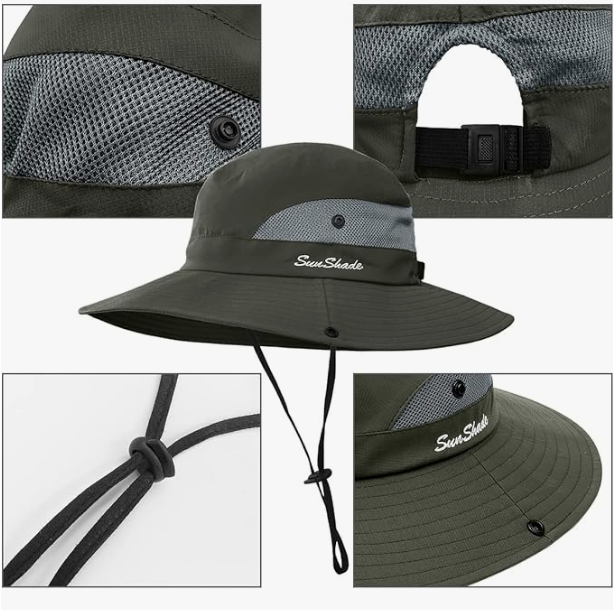
Women’s Ponytail Wide Brim Sun Hat
WOMEN
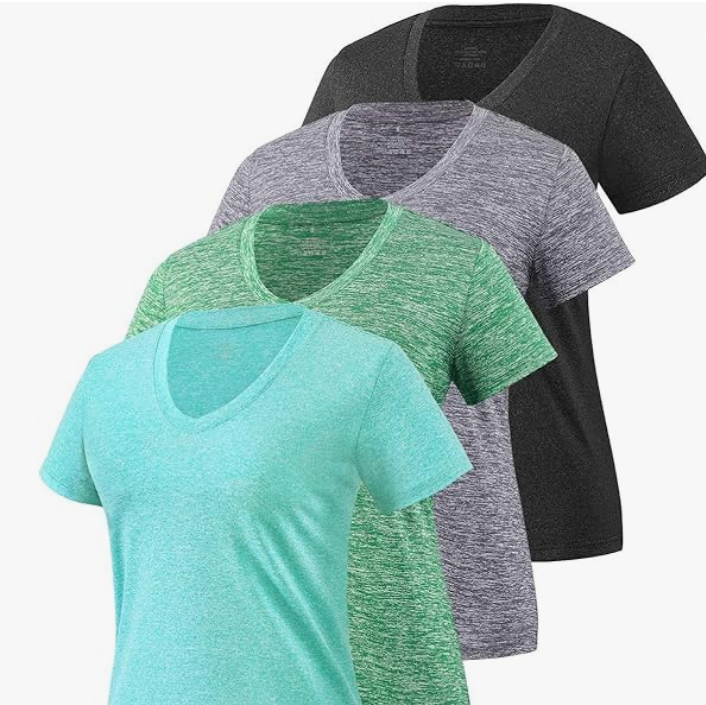
Women’s Moisture Wicking Tee
WOMEN
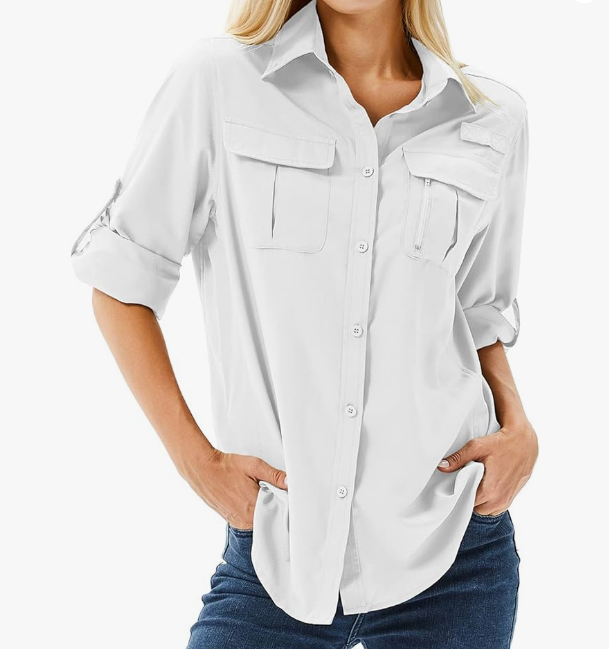
Women’s Quick Dry Travel Shirt
WOMEN
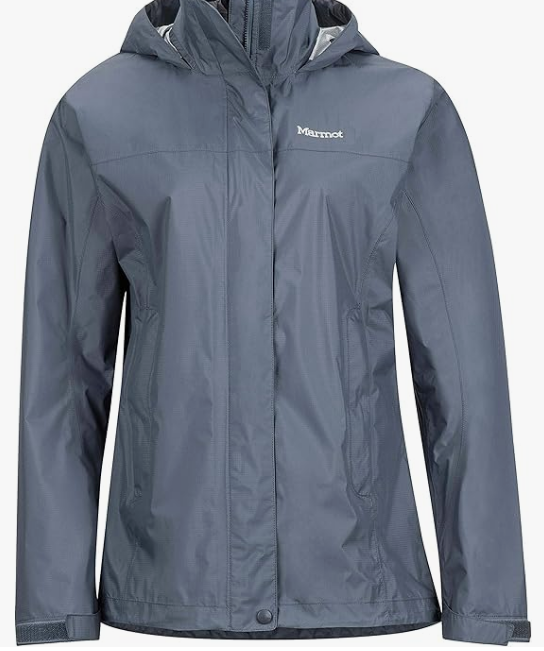
Rain Jacket
WOMEN
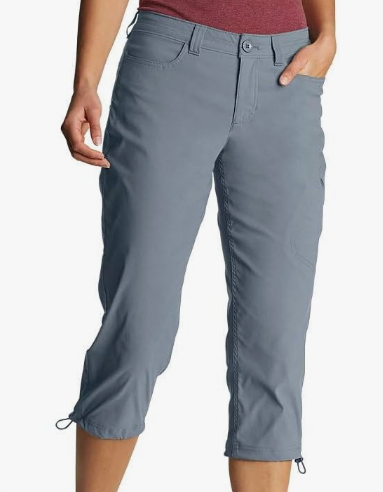
Women’s Capri
WOMEN
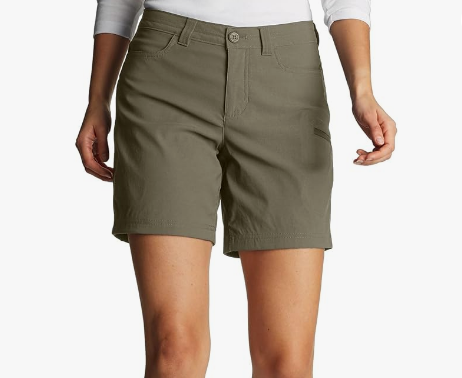
Women’s Travel Shorts
WOMEN
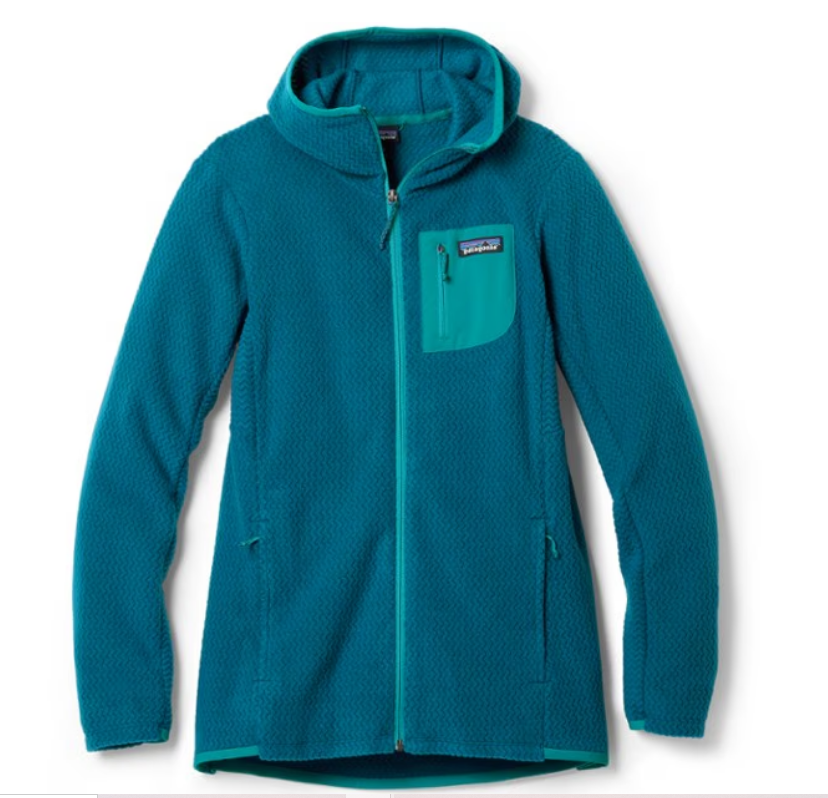
Women’s Fleece Jackets
WOMEN
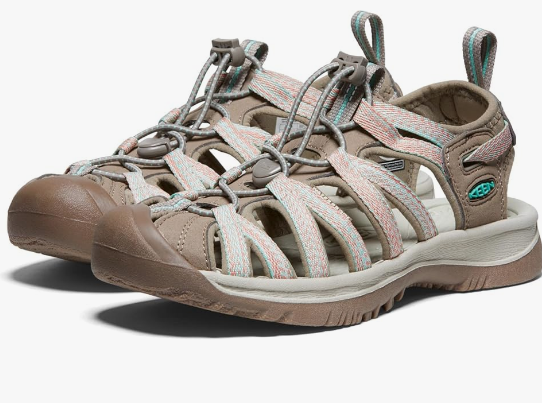
Women’s KEEN Closed-toe Sandal
WOMEN
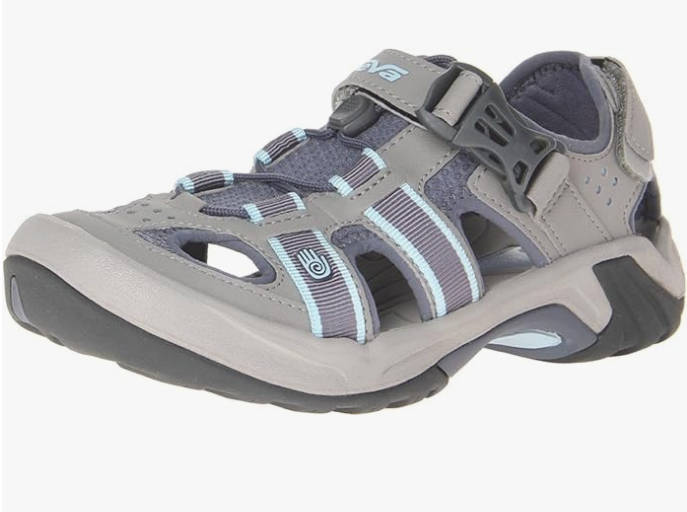
Women’s Teva Closed-toe Sandal
WOMEN
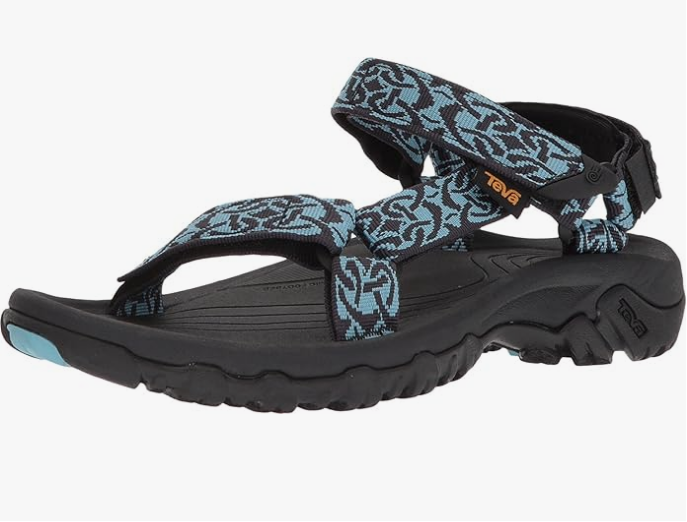
Women’s Teva Universal Sandal
WOMEN

Women’s Hiking Shoes
WOMEN
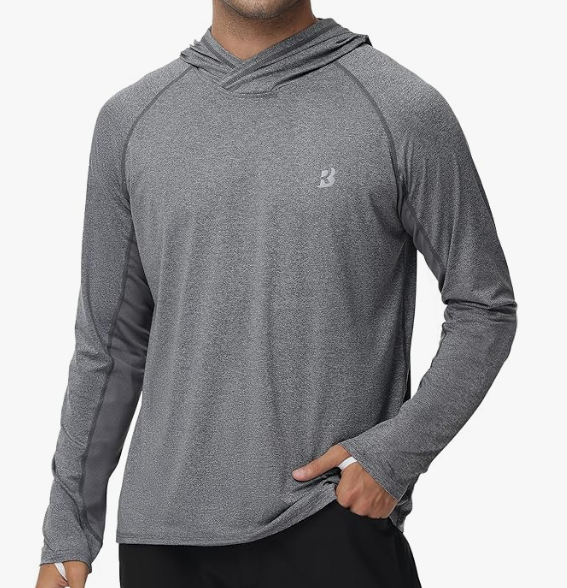
Mens UPF 50+ Shirt
MEN
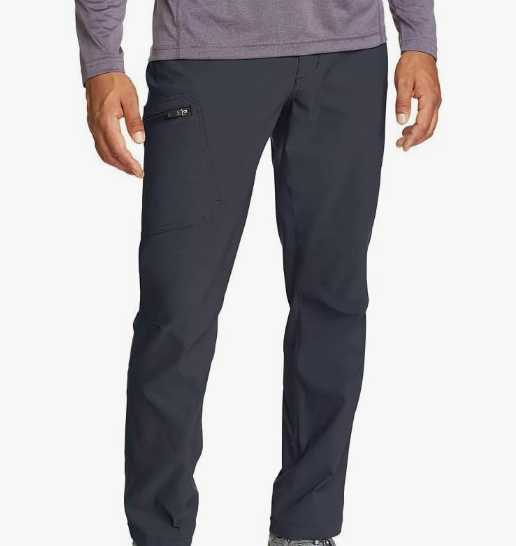
Men’s Travel Pants
MEN
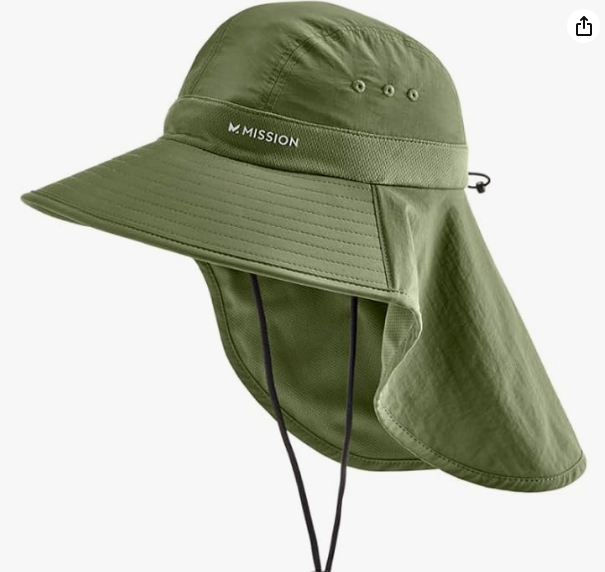
Men’s Sun Hats
MEN
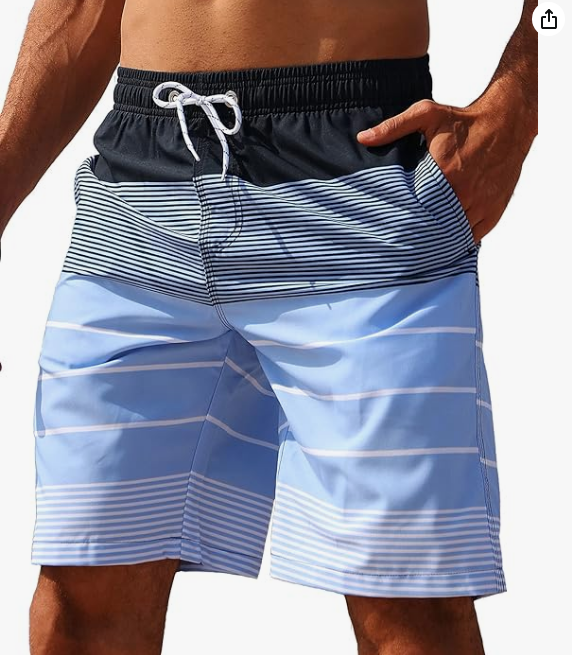
Men’s Swim Trunks Quick Dry
MEN
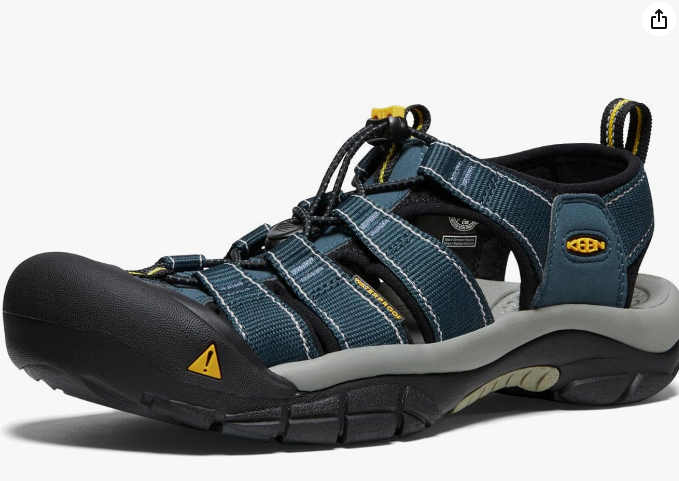
Men’s Closed Toe Water Sandal
MEN

Thermo X Long Sleeve
MEN

Men’s Thermo X Short Sleeve
MEN
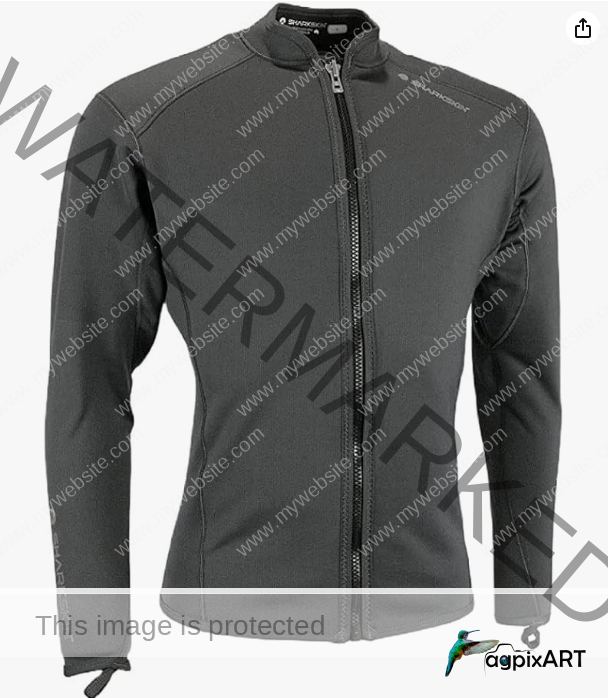
Titanium 2 Chillproof Long Sleeve Full Zip
MEN
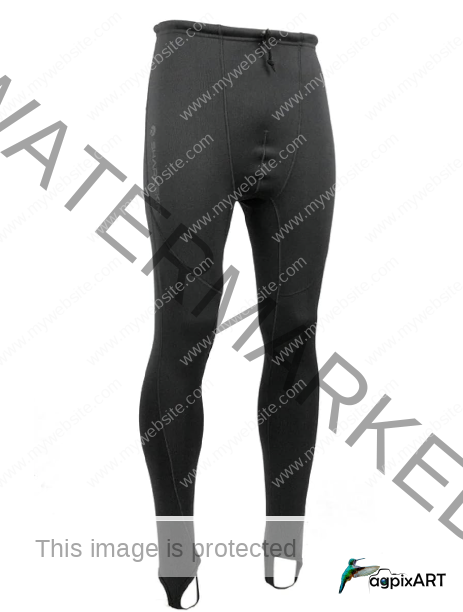
Titanium 2 Chillproof Long Pants
MEN
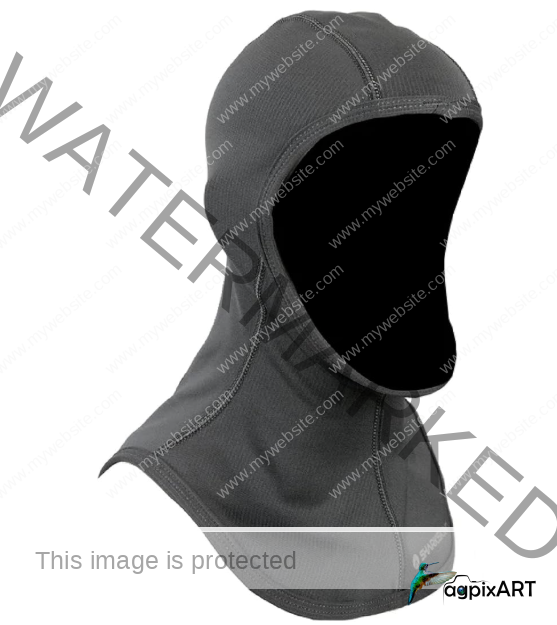
Titanium 2 Chillproof Hood
MEN
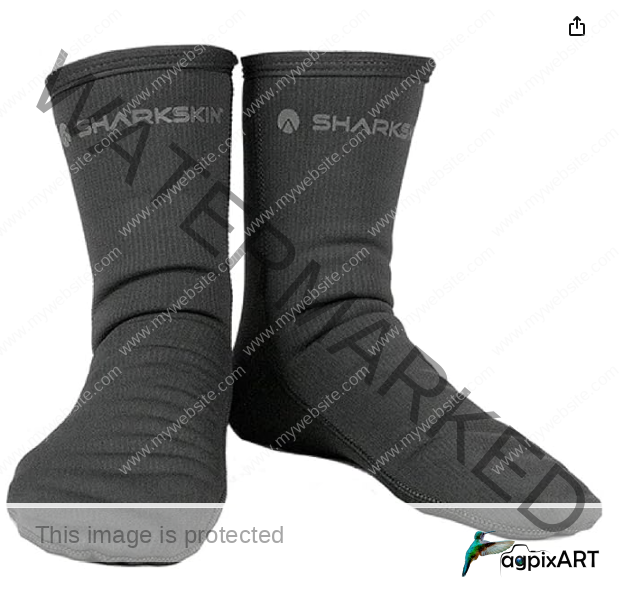
Titanium 2 Chillproof Sock
MEN
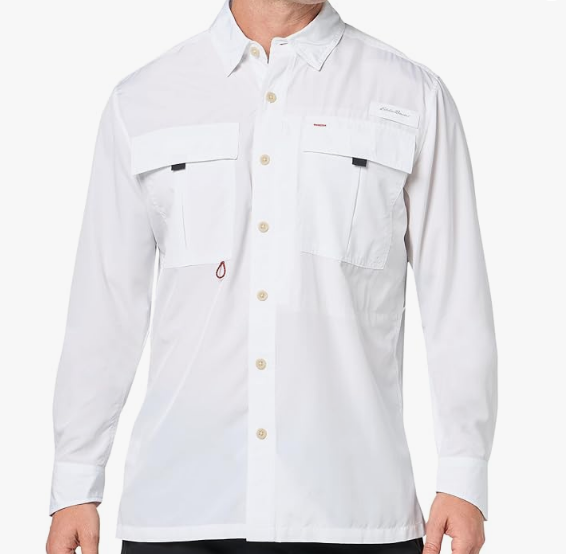
Men’s Upf Guide Long-sleeve Shirt
MEN
Extra Items to Pack
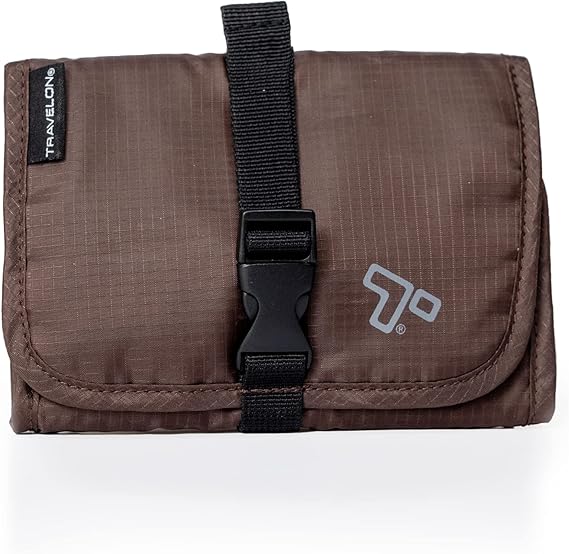
Travelon Organizer
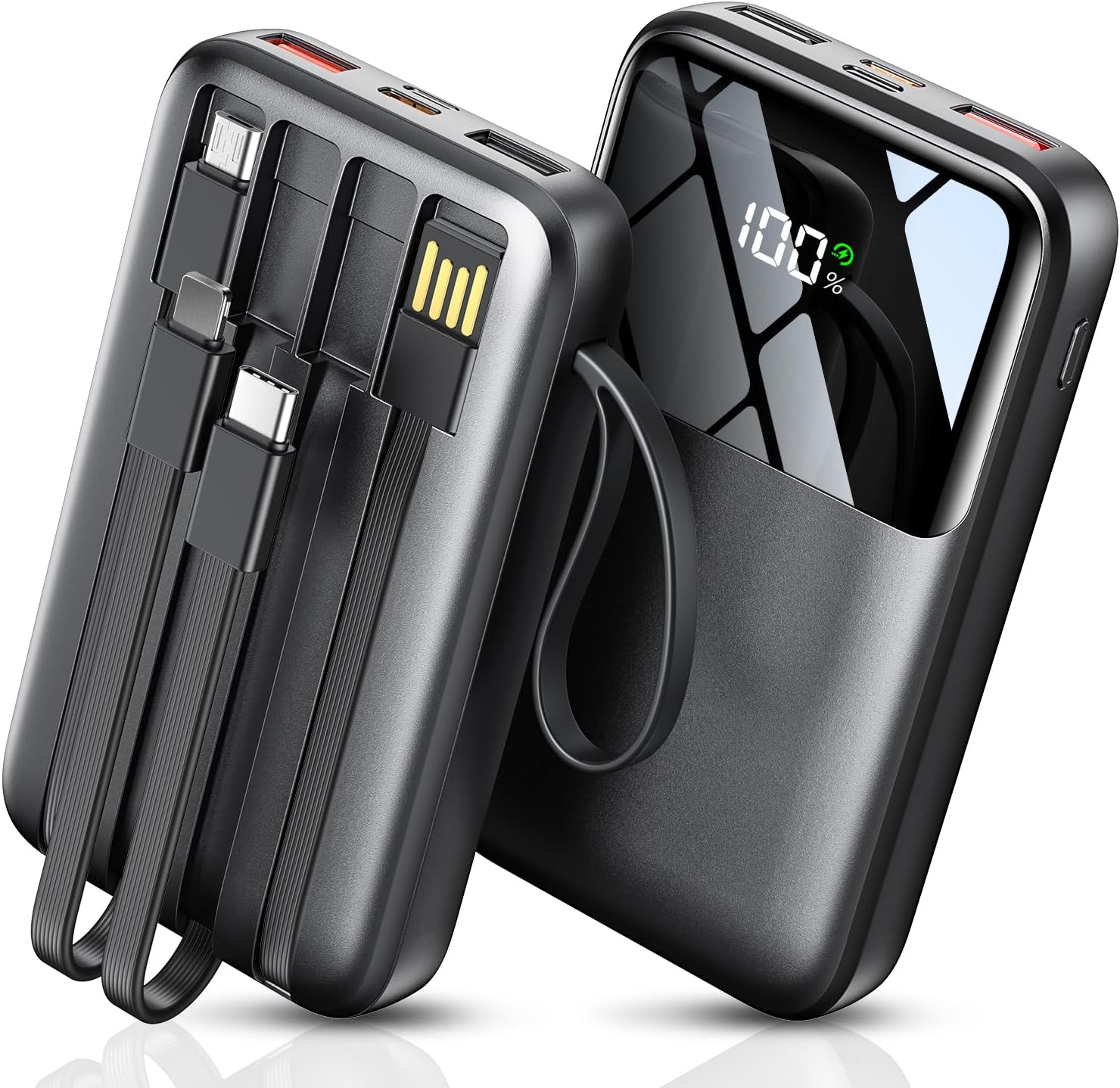
Portable Charger
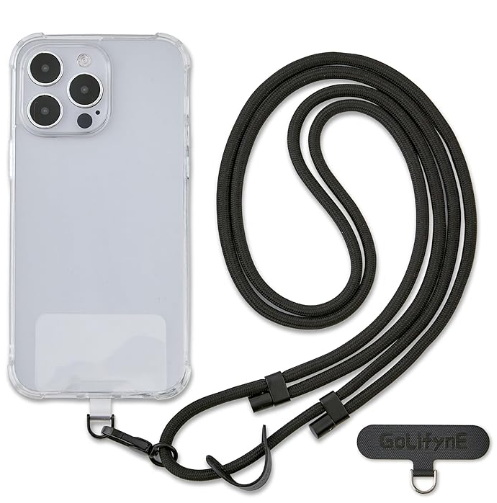
Anti-Theft Strap for iPhone
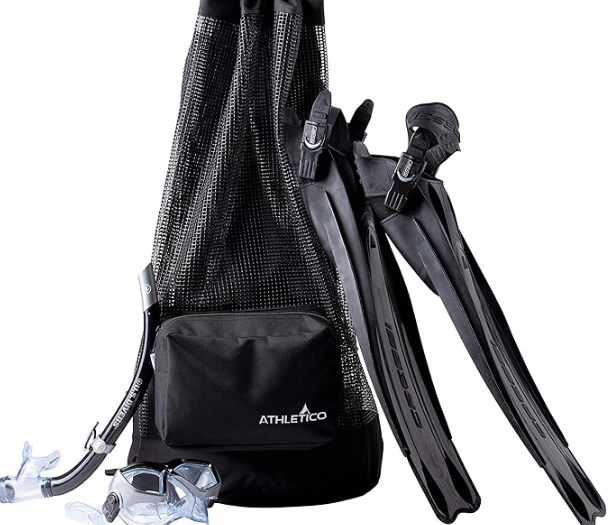
Scuba Diving Bag
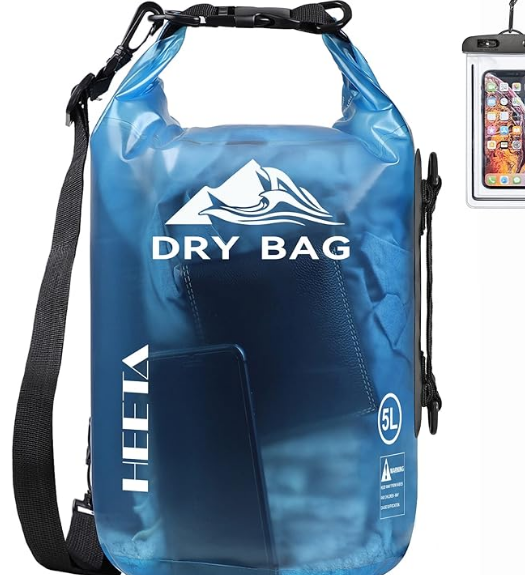
Dry Bag
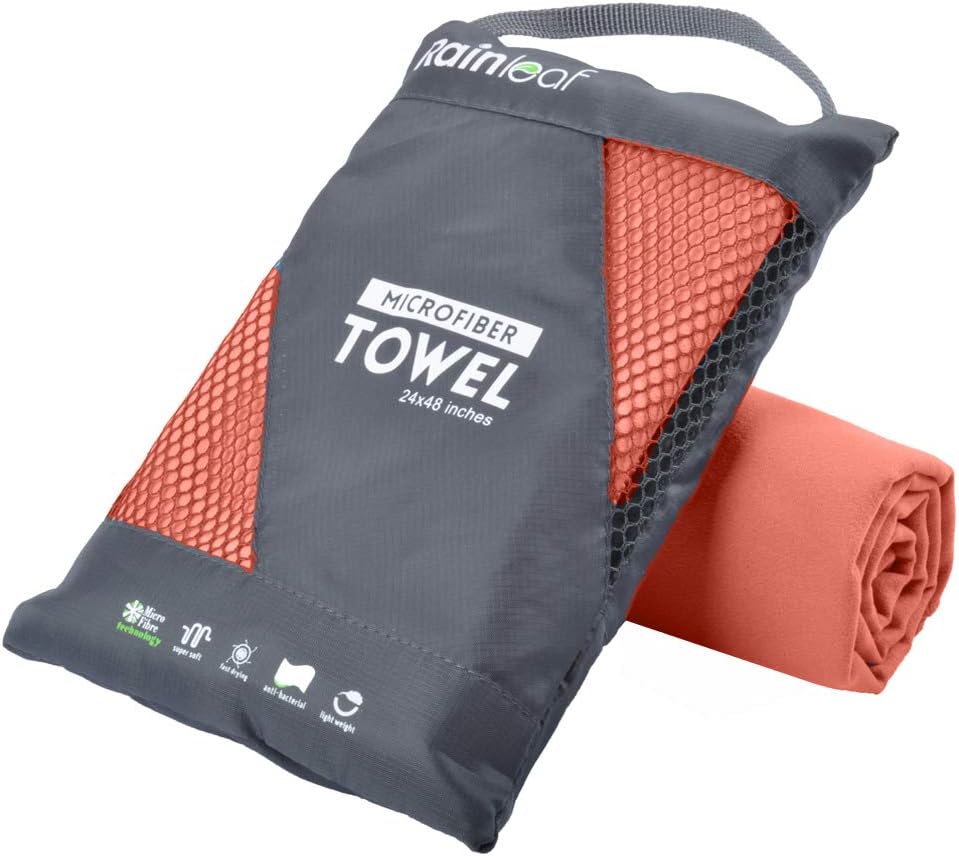
Microfiber Towel
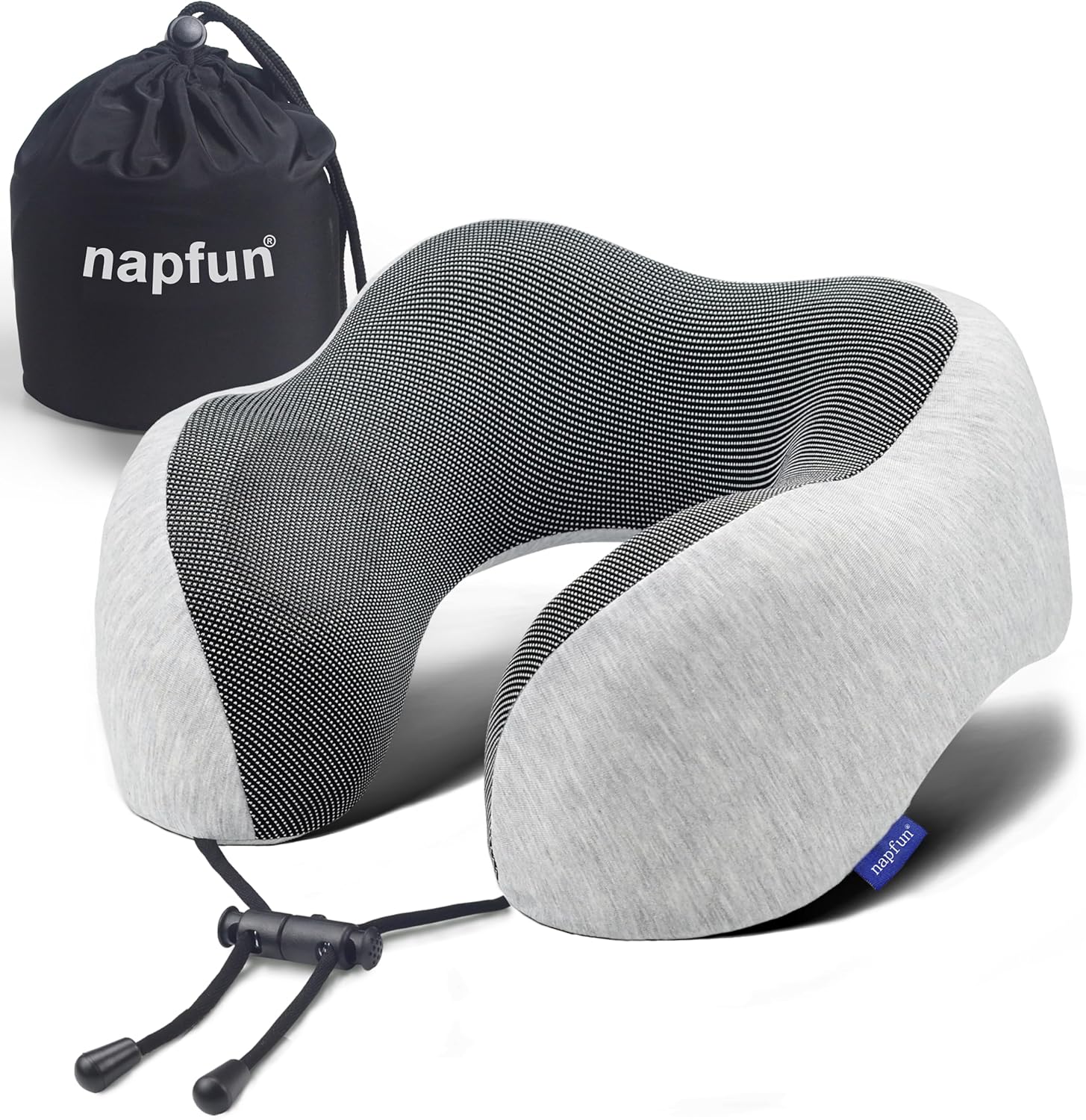
Travel Pillow
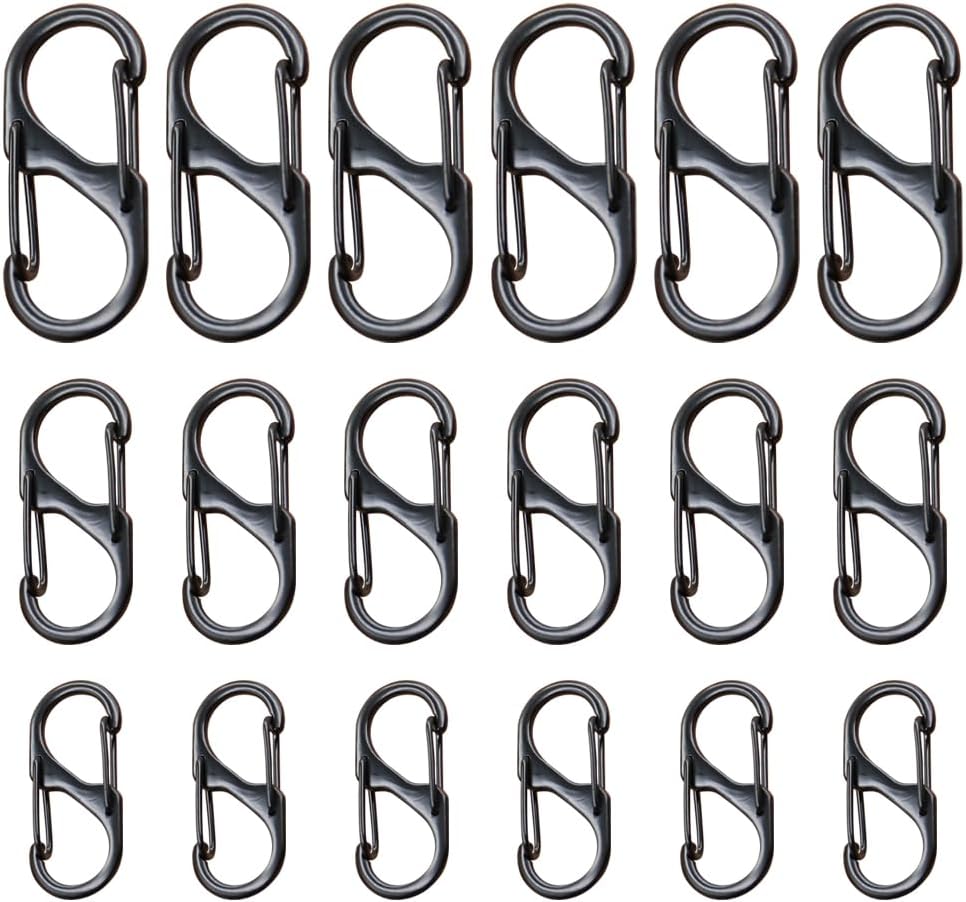
Lock Clips Anti-theft
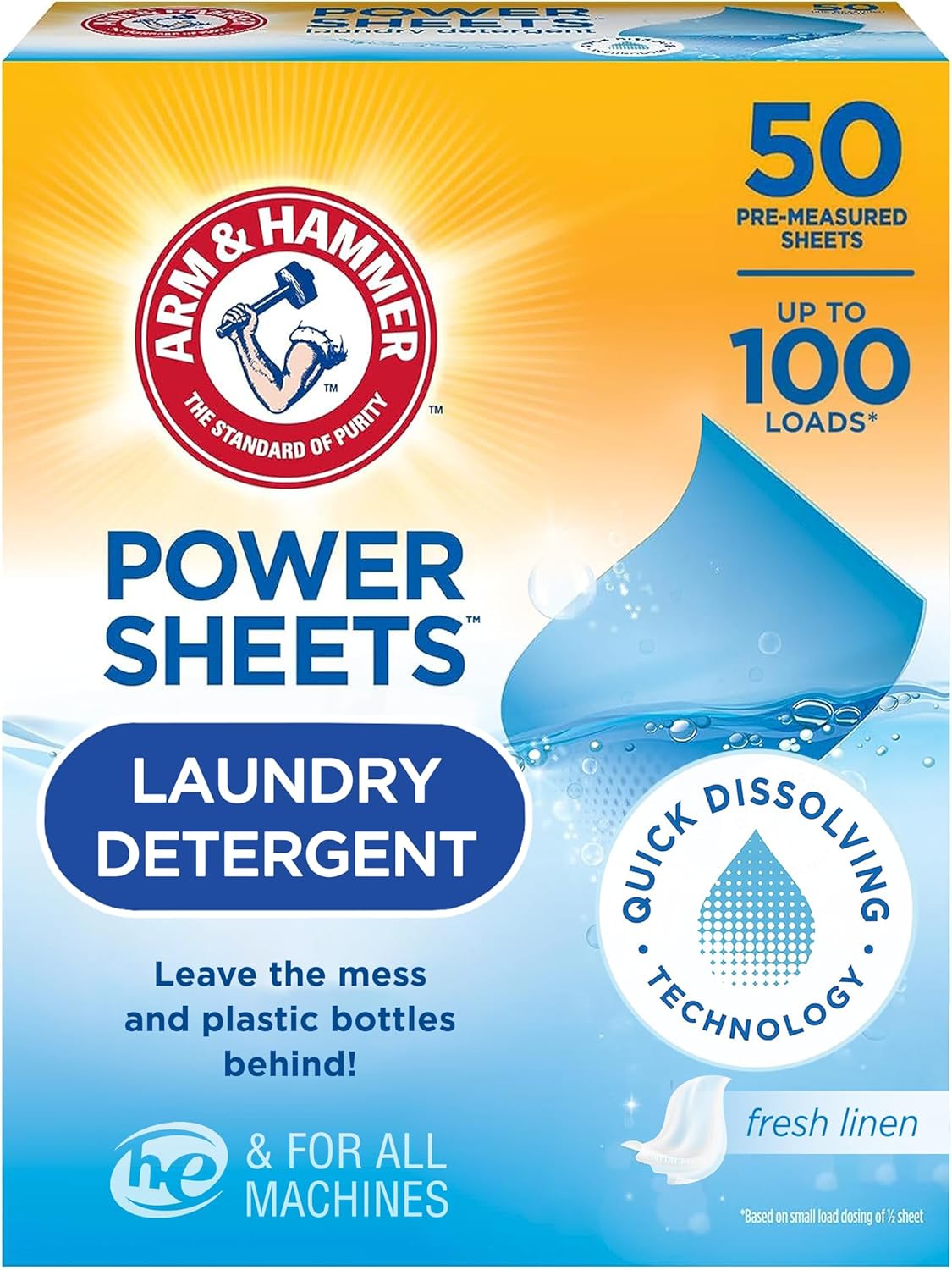
Laundry Sheets
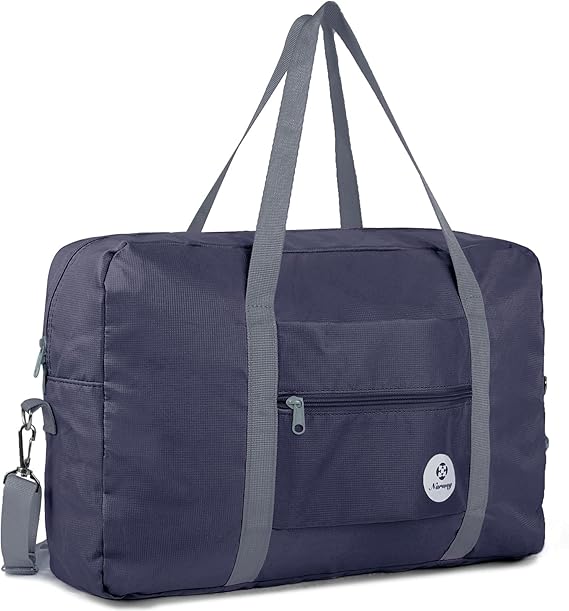
Foldable Travel Duffel
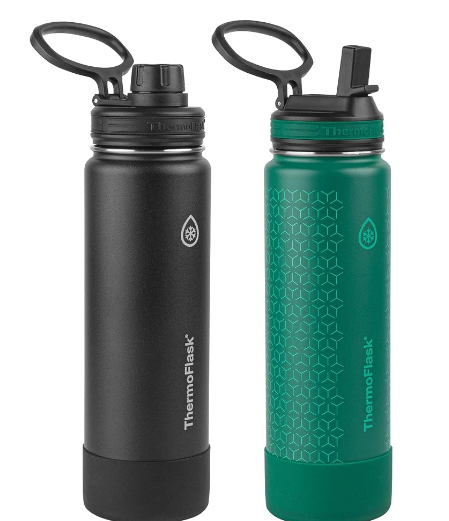
Stainless Steel Water Bottle
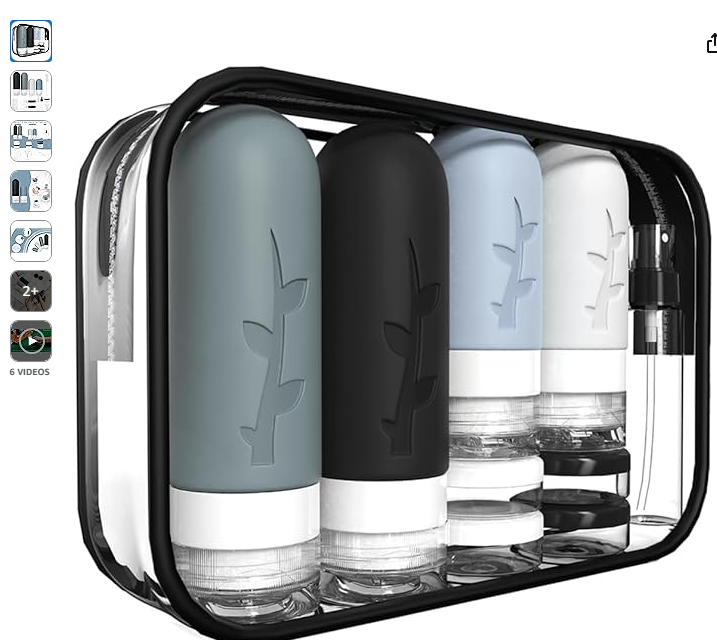
Travel Bottles for Toiletries

Mini First Aid Kit
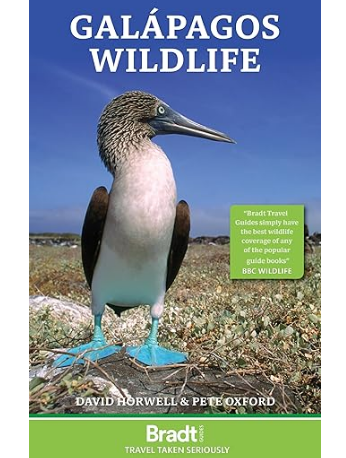
Galapagos Wildlife (Bradt Wildlife Guides)

Galapagos Wildlife: A Folding Pocket Guide
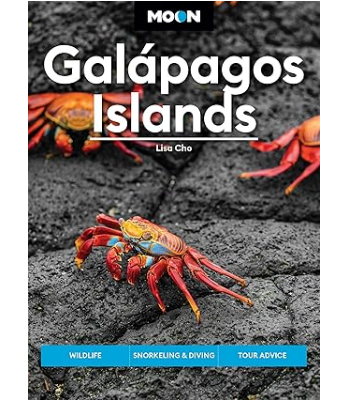
Moon Galápagos Islands
Seasonal Considerations
Wet season (December-May): Warm (70-85°F), humid, with frequent but short-lived rain showers. Calmer seas, warmer water temperatures (around 75°F), and lush greenery. Ideal for snorkeling and vibrant marine life (e.g., sea turtles, reef fish).
Dry season (June-November): Cooler (60-75°F), drier, with stronger winds and rougher seas. Water temperatures drop (around 65-70°F), often requiring wetsuits for snorkeling. Best for birdwatching (e.g., albatrosses, penguins) and clearer skies for hiking.
